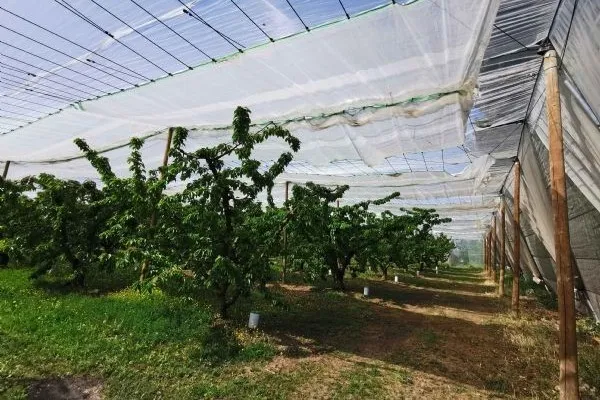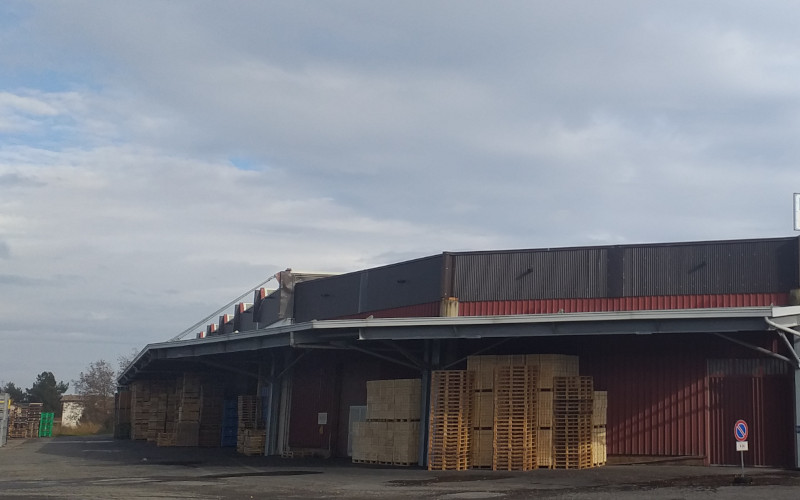Since their initial use in the human diet, numerous insect species have caused damage to cultivated fruit species. One of the most important pests of the cherry tree in Turkey and other producing countries is the cherry tree fly, identified in Latin as Rhagoletis cerasi L. (Diptera: Tephritidae).
The larva of the pest feeds on the fleshy parts of the fruit, causing premature decay of the affected tissues. Due to the low quality of the harvested infested fruit, the market value is also reduced, resulting in considerable economic losses. Damage by the pest is frequently observed, especially in June, and during epidemic years the damage rate can reach 80%.
Various previous studies had focused on ascertaining the distribution of the pest and the extent of the damage. In a production context geared mainly towards exports, it is necessary to produce healthy fruit in order to limit losses as much as possible during the transport period.
Consequently, extensive use of pesticides is made to manage the pest, but this disrupts the natural balance between living organisms, increasing the likelihood of future infestations that are difficult to manage with currently available chemicals. It is essential to solve these problems in order to introduce products that are both environmentally and health-friendly.
Although numerous studies on the cherry tree fly have been conducted in various regions of Turkey, a specific study of this nature has not yet been conducted in the province of Erzincan. The aim of the survey conducted at the Faculty of Agriculture of Igdir University (Turkey) was to investigate the relationships between the presence of adult insects and the incidence of damage on the fruit, in order to facilitate effective management of this insect.
The objective of this investigation was therefore to assess the correlations between the adult population and the rate of damage due to the cherry fruit fly. The research was conducted in a total of 10 orchards, 5 of which were located in the central Erzincan district and 5 in the Üzümlü district between 2017 and 2018.
Adult and pre-adult stages of R. cerasi formed the main material used in this survey. Ammonia salts, stereomicroscope, lancet and other Rebell traps were also used. This study revealed that the population of R. cerasi fluctuates depending on the year and region, which was also the result of research conducted by several researchers.
The total number of adults counted in the installed traps showed some variability; up to 107 and 169 insects per trap were counted in two cherry orchards in the Erzincan area. The damage rate was generally higher in the Erzincan region, reaching up to 86% of the analysed samples in the most severe cases.
In the Üzümlü region, on the other hand, the rates were lower, with damage rates between 14% and 41%. The adult population and the damage rate of the cherry fly were correlated, as indicated by the results of the study. A linear relationship between the average damage rate and the total density of the adult population was observed in both years, with a moderate to medium positive correlation (r = 0.457-0.548).
Source: Adnan Canbay and İsmail Alaserhat "The Relationship between the Adult Population and Damage Rate of Cherry Fruit Fly, Rhagoletis cerasi L. (Diptera: Tephritidae)," Entomological News 131(1), 20-29, (2 February 2024). https://doi.org/10.3157/021.131.0103
Image: BioLib
Melissa Venturi
University of Bologna (IT)
Cherry Times - All rights reserved










